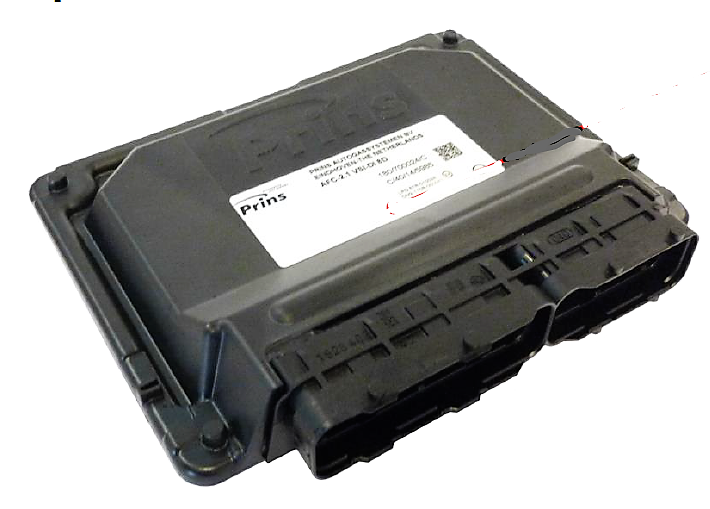

The measuring height is probably the most important reason for the measurement differences between this study and previous investigations. Surprisingly, it is found the proportion that angles of 5°-15° occupy is far below previous reports. It reveals that the incident angles range widely from 0° to 180° and thereby the means of angles are larger than published data. In this paper, the incident angles of sand particles near the sand bed were measured in wind tunnel. Incident angle of saltating particles plays a very important role in aeolian events. Incident angle of saltating particles in wind-blown sand.įu, Lin-Tao Bo, Tian-Li Gu, Hai-Hua Zheng, Xiao-Jing These results illustrate that the porous wind fence effectively abates the further evolution of saltating sand particles. The saltating particles lose a large proportion of their energy during the collision process. Vertical restitution coefficients of bouncing particles are smaller than 1.0 due to the presence of the wind fence. The horizontal component of impact velocity for the beach sand is decreased by about 54%, and about 76% for the desert sand. In the wake region, probability density distributions of the impact velocities agree well with the pattern of no-fence case, and can be explained by a log-normal law. The collision processes of these sand particles were analyzed, momentum and kinetic energy transfer between saltating particles and ground surface were also investigated. A high-speed photography technique and the particle tracking velocimetry (PTV) method were employed to reconstruct the trajectories of particles saltating behind the fence. A wind fence (ε = 38.5%) was installed on a flat sand bed filled with each sand sample. Two sand samples, one collected from a beach (d = 250 μm) and the other from a desert (d = 100 μm), were tested in comparison with the previous studies of a 'no-fence' case. Trajectories of aeolian sand particles behind a porous wind fence embedded in a simulated atmospheric boundary layer were visualized experimentally, to investigate the shelter effect of the fence on sand saltation.

Zhang, Ning Lee, Sang Joon Chen, Ting-Guo

Trajectories of saltating sand particles behind a porous fence Therefore, sand shape is one of the important factors affecting wind- sand movement. The results show that the sand shape has a significant impact on the saltation process for the same wind speed, the sand transport rates varied for different shapes of sand grains by as much as several-fold. Based on this model, the saltation process and sand transport rate of non-spherical sand particles were simulated. In this paper, we first analyzed the drag coefficients, drag forces, and starting friction wind speeds of sand grains with different shapes in the saltation process, then established a sand saltation model that considers the coupling effect between wind and the sand grains, the effect of the mid-air collision of sand grains, and the effect of the sand grain shape. In fact, sand grains are rarely round in natural environments. For example, sand particles in most of the existing wind sand movement models are considered to be spherical, the effects of the sand shape on the structure of the wind sand flow are rarely studied, and the effect of mid-air collision is usually neglected. Unfortunately, no studies to date have been able to precisely reproduce the saltation process because of the simplified theoretical models used.

Saltation is an important geological process and the primary source of atmospheric mineral dust aerosols. Saltation of Non-Spherical Sand Particles


 0 kommentar(er)
0 kommentar(er)
